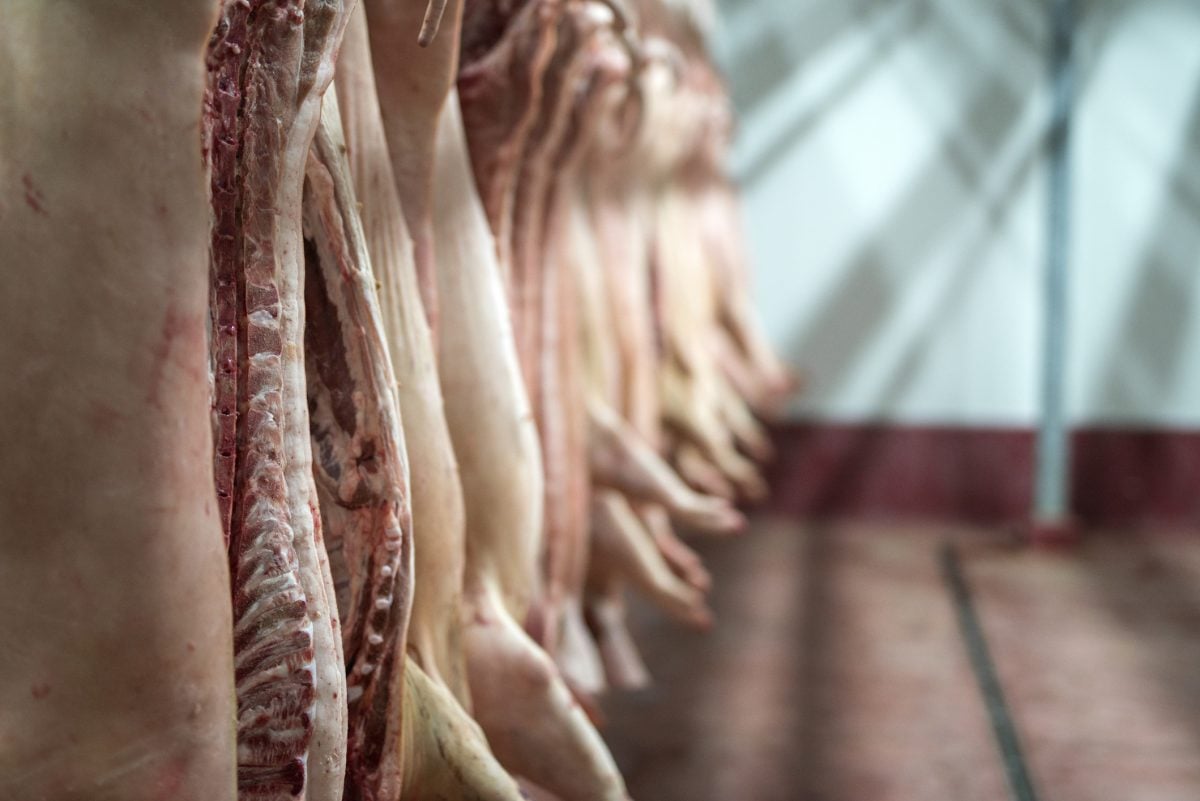CHICAGO, Jan 30 (Reuters) – U.S. live cattle futures notched their biggest losses in about three weeks on Monday in a sell-off triggered by government data showing larger numbers of cattle placed on feed in December, traders said.
Both live and feeder cattle futures fell to their lowest since Jan. 9 as investors liquidated long bets in the wake of the bearish U.S. Department of Agriculture monthly Cattle on Feed report released after the close of trading on
Friday.
USDA said 1.8 million cattle were placed in U.S. feedlots in December, 18 percent above the same month in 2015, portending more supplies available for beef packers later this year. Analysts polled by Reuters on average expected placements 8.4 percent higher.
Read Also

U.S. livestock: Cattle slip back, hogs gain
Chicago cattle futures slipped back on Friday after Thursday’s pause. Hog futures crept upward. Most-active December live cattle futures closed…
“The placements that we saw last week were very, very large … It’s a pretty negative number,” Zaner Group analyst Ted Seifried said.
CME February live cattle finished 2.150 cents lower at 116.175 cents per pound and most-active April cattle futures were down 2.500 cents to 114.825 cents.
CME March feeder cattle were down 3.550 cents to 123.900 cents per pound..
Investors have trimmed their net long in live cattle futures as prices eased from 10-month highs reached on Jan. 19.
Gains in U.S. Plains cash cattle markets contributed to higher futures prices but some analysts expected cash cattle this week to fetch prices lower than the $122 cash trades last week due in part to declining profit margins for beef packers.
Chicago Mercantile Exchange lean hog futures were narrowly mixed, consolidating near last week’s roughly seven-month highs.
Front-month February hogs climbed 0.200 cent to 67.100 cents per pound and most active April hogs were down 0.075 cent to 68.225 cents per pound.
CME Group estimated trading volume in hogs of 27,200 contracts, which would be the smallest daily volume so far this year.













